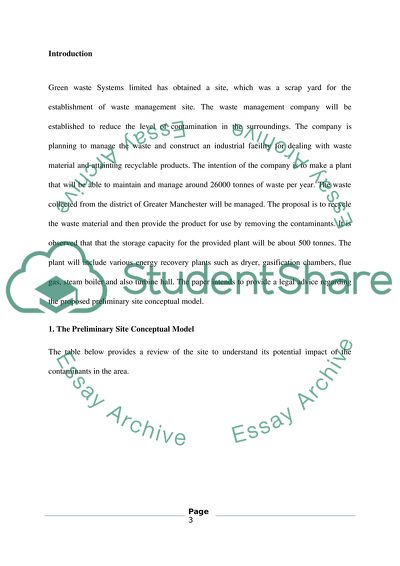Cite this document
(Constructing and Operating an Industrial Facility Assignment, n.d.)
Constructing and Operating an Industrial Facility Assignment. https://studentshare.org/environmental-studies/1854696-report-to-client-on-the-legal-liabilities-of-constructing-and-operating-an-industrial-facility
Constructing and Operating an Industrial Facility Assignment. https://studentshare.org/environmental-studies/1854696-report-to-client-on-the-legal-liabilities-of-constructing-and-operating-an-industrial-facility
(Constructing and Operating an Industrial Facility Assignment)
Constructing and Operating an Industrial Facility Assignment. https://studentshare.org/environmental-studies/1854696-report-to-client-on-the-legal-liabilities-of-constructing-and-operating-an-industrial-facility.
Constructing and Operating an Industrial Facility Assignment. https://studentshare.org/environmental-studies/1854696-report-to-client-on-the-legal-liabilities-of-constructing-and-operating-an-industrial-facility.
“Constructing and Operating an Industrial Facility Assignment”. https://studentshare.org/environmental-studies/1854696-report-to-client-on-the-legal-liabilities-of-constructing-and-operating-an-industrial-facility.


